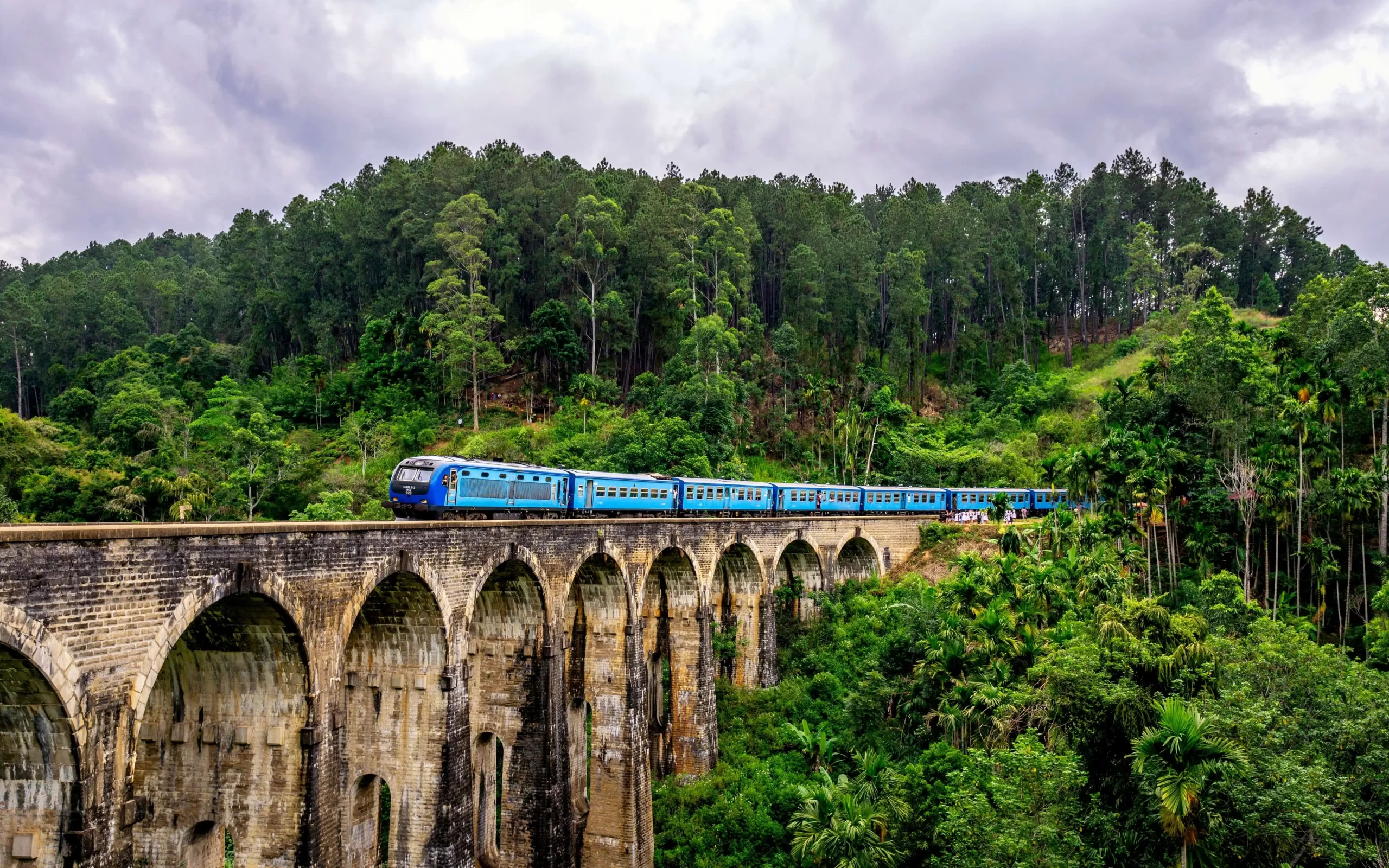Every time Sri Lanka tries to make a presence for itself in tourism back. Always something pulls it down more.
Following the Easter Sunday explosions in April 2019, the number of tourists arrival was down by 18%. In 2020, there was a very bad coronavirus pandemic, due to which arrivals plummeted, with little indications of recovery until November 2021, when the government waived all quarantine rules for properly vaccinated tourists, enticing tourists to visit the island state.
It was a welcome shift, as tourism is the country’s third-largest source of foreign money, after worker remittances and the garment industry. It is also a huge employment industry and a significant source of dollars that aid the government’s operations. However, as Sri Lanka grapples with the worst financial crisis in its history again tourism got hit badly. There are regular power outages and people are forced to queue for miles to get fuel and cooking gas. In February 2022, inflation was 17.5 percent, and the government tightened import restrictions even more to worsen the shortages. All of these challenges drive tourists away from the country at a time when the government is scrambling to repay an enormous amount of foreign debt and desperately needs tourist revenue.

The Economic Crisis in Sri Lanka is Hurting Tourism
Sri Lanka’s continuous economic crisis will wreak havoc on the island’s tourism industry, as the UK and Canada have advised their citizens to be cautious of the island’s present economic predicament. The economic situation in Sri Lanka is deteriorating with shortages of basic commodities such as medications, fuel, and food due to a lack of foreign currency to pay for imports. And long lines are forming at supermarkets, gas stations, and pharmacies. The local government is implementing electricity rationing, resulting in power outages.
After Russia and India, the United Kingdom is Sri Lanka’s third-largest supplier of inbound tourists. Tourism contributes roughly 5% of Sri Lanka’s GDP, with the United Kingdom, India, and China being the most important markets. The number of international tourist arrivals in Sri Lanka fell by 70.8% in March 2020 compared to the same month the previous year, as the tourism industry was heavily damaged by the COVID-19 pandemic. Again, here is the same situation today the economic crisis on the island is again disturbing to put a step forward unluckily.
The warnings came after the Sri Lankan government recently placed import limits on 367 commodities deemed “non-essential” by the government, including milk products, fruits, and fish, in an effort to address the country’s economic crisis caused by currency shortages. Sri Lanka is experiencing its biggest foreign exchange crisis in history after the Covid-19 pandemic decimated the country’s tourist and remittance profits.

By December of last year, the reserves position had shrunk to just one month’s worth of imports, or just over USD 1 billion. While COVID-19 appears to be behind Sri Lanka in terms of events, the country’s deteriorating economic situation has placed a pall over tourism. The government’s efforts to maintain its limited foreign exchange reserves, such as limiting food imports, have had a significant influence on the availability of basic goods.
“Due to import limitations and rising costs of local food goods and gas scarcity, some restaurants have had to close for days; others have had to delete or reduce their menu selections.” Tourists find it difficult to understand the power outages. Even the travelers understand the predicament, no one wants to come on vacation and sit in the darkness and heat. That’s the tragedy behind this whole economic crisis that hurts tourism so badly in Sri Lanka.
At the time, Sri Lanka is making a conscious effort to reverse all of the negative impacts of the crisis. Everyone is battling hurdles and looking forward to a positive outlook. With all of this, there is a decent possibility that tourism will return to Sri Lanka and that it will be able to make progress even during this immensely difficult period. Tourism and Sri Lanka plainly have a good relationship, and it has already created a sensitive question mark in the minds of all Sri Lankans. But there is still hope.
